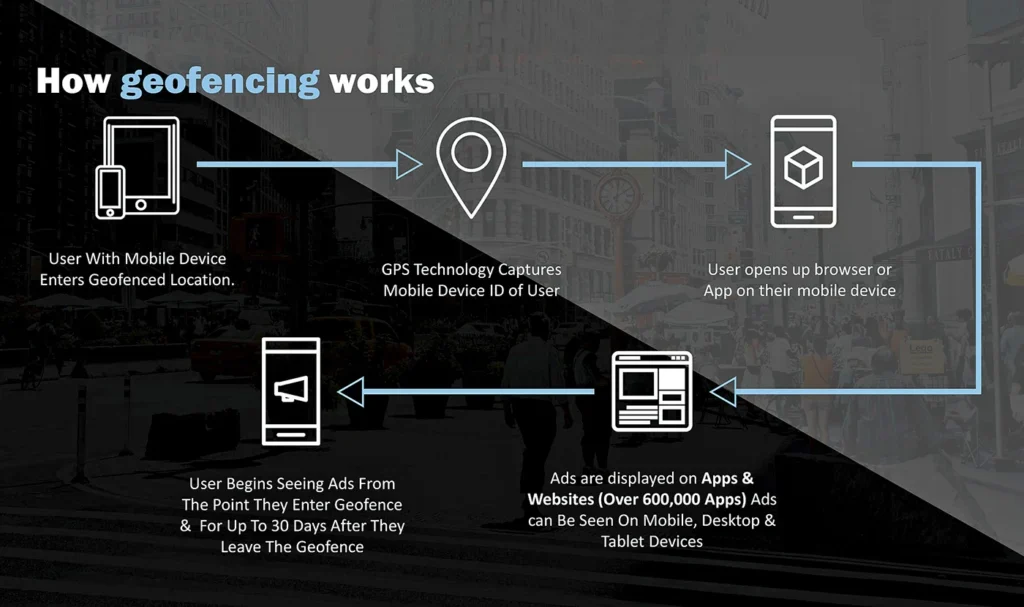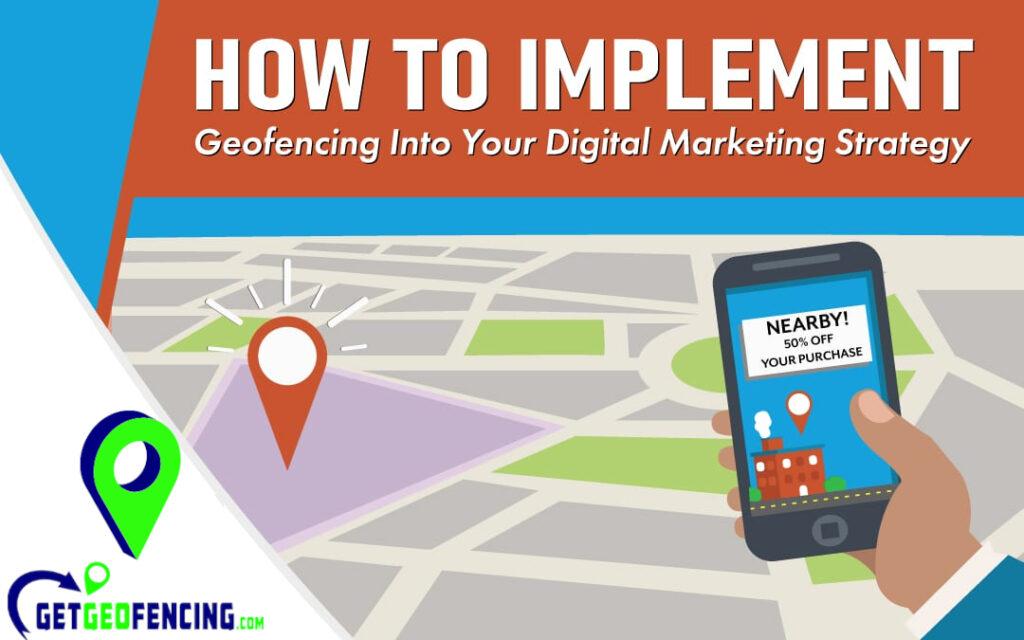
Enhancing Marketing Strategies with Geofencing Technology
Geofencing technology is a location-based marketing tool that uses virtual boundaries to trigger targeted actions when a device enters or exits an area, offering benefits such as better targeting, cost-effectiveness, and personalized customer experiences.
Introduction to Geofencing Technology
For example, a retail store can employ geofencing to send customized promotions to shoppers’ smartphones as they enter the store’s vicinity. This targeted marketing strategy can drive foot traffic, increase sales, and enhance the overall shopping experience for customers.
Geofencing technology offers a range of practical applications across various industries, revolutionizing how businesses interact with their targeted marketing actions. One common use is in targeted marketing, where businesses can deliver personalized messages, promotions, or alerts to users’ devices as they enter or exit specific geographical areas. This targeted approach enhances customer engagement and can lead to increased conversion rates for businesses.
An example of practical geofencing use is seen in the retail sector, where stores can send push notifications to shoppers’ smartphones as they approach the store, informing them of ongoing sales or promotions. This real-time engagement can drive foot traffic and boost sales for the business.
Understanding Geofencing
Geofencing serves as a virtual fence or perimeter around a physical location, providing businesses with a powerful tool for monitoring movement and securing unauthorized entries. This technology allows users to digitally mark perimeters without the need for physical barriers, offering a cost-effective and efficient solution for enhancing security measures. In the realm of fleet management, geofencing can optimize processes within the workplace, leading to increased operational efficiency and streamlined logistics. The ability to set up virtual boundaries and receive alerts when predefined areas are breached makes geofencing an invaluable asset for businesses seeking to safeguard their assets and property.
To illustrate, a logistics company can use geofencing to track the movement of its delivery vehicles and ensure that they adhere to designated routes. By setting up virtual perimeters, the company can receive notifications if a vehicle deviates from the planned path, allowing for immediate intervention and route optimization.
Geofencing technology has transformed the landscape of marketing and security by offering a sophisticated tool that leverages location-based services to trigger targeted actions. By utilizing GPS, RFID, Wi-Fi, or cellular data, geofencing creates virtual boundaries that prompt specific responses when a device enters or exits a defined area. This innovative approach enables businesses to engage with their target audience in a more personalized and effective manner, leading to improved customer interactions and increased brand loyalty. Geofencing technology is not limited to a single industry but has found widespread applications in sectors such as retail, healthcare, real estate, and more, highlighting its versatility and adaptability to diverse business needs.
For example, a real estate agency can utilize geofencing to monitor property access and receive alerts when unauthorized individuals enter restricted areas. This proactive security measure enhances the safety and protection of properties under the agency’s management.
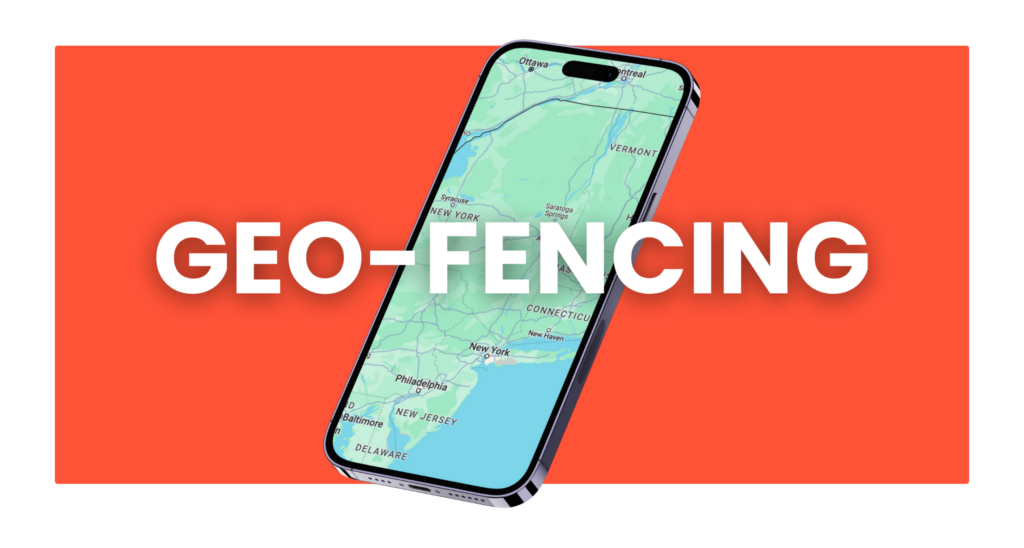
The Mechanics of Geofencing
Geofencing technology operates by enabling users to define virtual perimeters without the need for physical barriers, utilizing mapping software to create and manage these boundaries effectively. Depending on the requirements, geofencing can function in an active mode, providing real-time tracking of devices within the designated area, or in a passive mode, collecting data periodically to analyze movement patterns and interactions. It is crucial to note that geofencing software differs from GPS fleet management systems, as it focuses on monitoring assets within specific boundaries rather than tracking them once they leave a property. By understanding the mechanics of geofencing, businesses can harness its capabilities to enhance security, improve operational efficiencies, and deliver targeted marketing campaigns to their audience.
For instance, a marketing agency can employ geofencing software to track customer interactions with a brand’s virtual perimeters and analyze the effectiveness of location-based advertising campaigns. This data-driven approach allows businesses to refine their marketing strategies and tailor messages to specific audience segments.
Geofencing technology has transformed the landscape of marketing and security by offering a sophisticated tool that leverages location-based services to trigger targeted actions. By utilizing GPS, RFID, Wi-Fi, or cellular data, geofencing creates virtual boundaries that prompt specific responses when a device enters or exits a defined area. This innovative approach enables businesses to engage with their target audience in a more personalized and effective manner, leading to improved customer interactions and increased brand loyalty. Geofencing technology is not limited to a single industry but has found widespread applications in sectors such as retail, healthcare, real estate, and more, highlighting its versatility and adaptability to diverse business needs.
For example, a security firm can integrate geofencing into its operations to monitor and secure high-risk areas by setting up virtual perimeters and receiving immediate alerts in case of unauthorized intrusions. This proactive security measure enhances the firm’s ability to respond swiftly to potential threats and protect valuable assets.
Practical Uses of Geofencing Technology
Geofencing technology offers a range of practical applications across various industries, revolutionizing how businesses interact with their target audiences. One common use is in targeted marketing, where businesses can deliver personalized messages, promotions, or alerts to users’ devices as they enter or exit specific geographical areas. This targeted approach enhances customer engagement and can lead to increased conversion rates for businesses.
An example of practical geofencing use is seen in the healthcare sector, where hospitals and clinics employ geofencing to send appointment reminders and health tips to patients based on their proximity to medical facilities. This personalized approach not only improves patient engagement but also enhances the overall healthcare experience, leading to better health outcomes for individuals.
Geofencing technology has transformed the landscape of marketing and security by offering a sophisticated tool that leverages location-based services to trigger targeted actions. By utilizing GPS, RFID, Wi-Fi, or cellular data, geofencing creates virtual boundaries that prompt specific responses when a device enters or exits a defined area. This innovative approach enables businesses to engage with their target audience in a more personalized and effective manner, leading to improved customer interactions and increased brand loyalty. Geofencing technology is not limited to a single industry but has found widespread applications in sectors such as retail, healthcare, real estate, and more, highlighting its versatility and adaptability to diverse business needs.
For example, a real estate agency can utilize geofencing to monitor property access and receive alerts when unauthorized individuals enter restricted areas. This proactive security measure enhances the safety and protection of properties under the agency’s management.
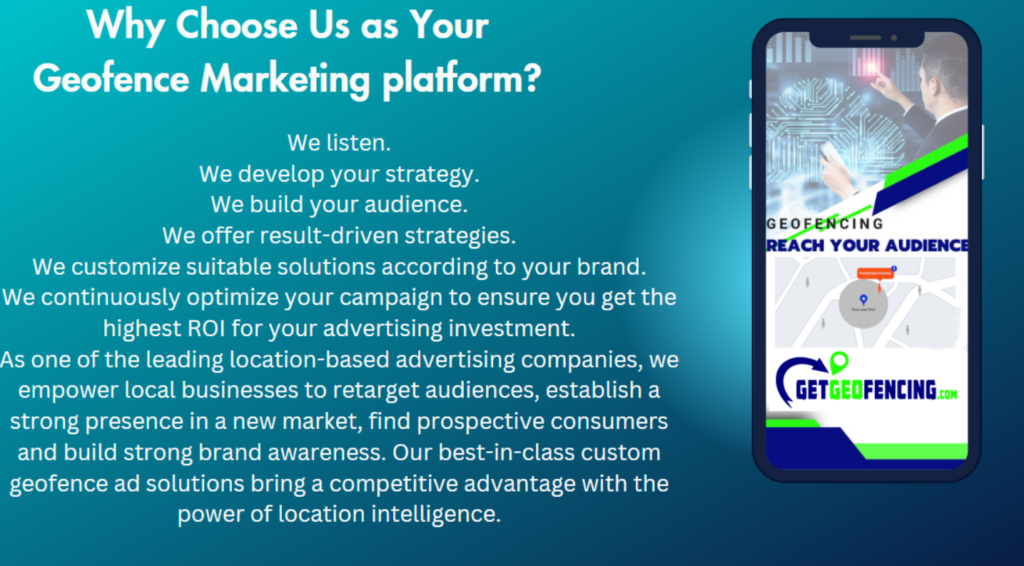
Advantages of Geofencing in Marketing and Security
The utilization of geofencing technology provides numerous advantages in both marketing and security applications. In terms of marketing, geofencing enables geotargeting, beaconing, and the establishment of virtual perimeters for tailored messaging to specific audiences. This targeted approach leads to better audience segmentation, cost-effectiveness in marketing campaigns, improved data collection for analytics, and enhanced customer experiences.
Moreover, geofencing technology can play a vital role in security by monitoring and safeguarding residential and commercial properties against unauthorized access. By setting up virtual boundaries, businesses and homeowners can receive alerts and notifications when someone enters a restricted area, enhancing overall security measures.
To illustrate, a marketing agency specializing in event promotions can utilize geofencing to target attendees entering a venue and deliver real-time updates, exclusive offers, or event schedules directly to their smartphones. This personalized engagement not only enhances the attendee experience but also increases event participation and brand loyalty.
Geofencing technology has transformed the landscape of marketing and security by offering a sophisticated tool that leverages location-based services to trigger targeted actions. By utilizing GPS, RFID, Wi-Fi, or cellular data, geofencing creates virtual boundaries that prompt specific responses when a device enters or exits a defined area. This innovative approach enables businesses to engage with their target audience in a more personalized and effective manner, leading to improved customer interactions and increased brand loyalty. Geofencing technology is not limited to a single industry but has found widespread applications in sectors such as retail, healthcare, real estate, and more, highlighting its versatility and adaptability to diverse business needs.
For example, a security firm can integrate geofencing into its operations to monitor and secure high-risk areas by setting up virtual perimeters and receiving immediate alerts in case of unauthorized intrusions. This proactive security measure enhances the firm’s ability to respond swiftly to potential threats and protect valuable assets.
Geofencing Examples
Various businesses have successfully implemented geofencing technology to enhance their marketing strategies and engage with their target audiences more effectively. For instance, geofence marketing enables businesses to deliver targeted advertisements to mobile devices within specific geographic locations, ensuring that promotions reach potential customers at the right time and place. Additionally, geofencing allows businesses to target not only their own customers but also those of their competitors, providing a competitive edge in the market.
One notable example of geofencing implementation is observed in the hospitality industry, where hotels and resorts deploy geofencing to send personalized offers and service recommendations to guests as they explore the property. This tailored approach enhances the guest experience, promotes on-site amenities, and increases customer satisfaction and loyalty.
Geofencing technology has transformed the landscape of marketing and security by offering a sophisticated tool that leverages location-based services to trigger targeted actions. By utilizing GPS, RFID, Wi-Fi, or cellular data, geofencing creates virtual boundaries that prompt specific responses when a device enters or exits a defined area. This innovative approach enables businesses to engage with their target audience in a more personalized and effective manner, leading to improved customer interactions and increased brand loyalty. Geofencing technology is not limited to a single industry but has found widespread applications in sectors such as retail, healthcare, real estate, and more, highlighting its versatility and adaptability to diverse business needs.
For example, a retail chain can implement geofencing to target potential customers near its stores with exclusive discounts, encouraging foot traffic and boosting sales. By analyzing customer behavior within geofenced areas, the retailer can refine its marketing strategies and tailor promotions to drive customer engagement.
Geofencing Benefits
Geofencing technology offers a myriad of benefits for businesses looking to enhance their marketing strategies and improve customer engagement. By integrating geofencing into their marketing efforts, businesses can develop comprehensive strategies that lead to better performance and increased ROI. The ability to deliver location-specific content through geofencing marketing significantly boosts user engagement and interaction with brands.
Moreover, geofencing enables businesses to precisely target their desired audience and engage with potential customers in a more personalized manner, fostering brand loyalty and driving sales.
The incorporation of geofencing technology in marketing operations equips businesses with a powerful tool to engage with their target audience in a more personalized and effective manner. Through location-based targeting and tailored messaging, businesses can enhance customer interactions, boost brand loyalty, and drive conversions. Moreover, geofencing enables businesses to deliver relevant content and promotions to users based on their real-time location, creating a more engaging customer experience.
Additionally, the data collected through geofencing activities provides valuable insights into customer behavior, preferences, and interactions with the brand, allowing businesses to refine their marketing strategies and optimize campaign performance. By leveraging the benefits of geofencing technology, businesses can stay ahead of the competition, increase customer engagement, and drive business growth.
Successful Geofencing Implementations
Companies like GetGeofencing have demonstrated successful implementations of geofencing technology, catering to both Fortune 500 companies and small to medium-sized businesses. Through white-label reporting and real-time optimization features, businesses can effectively track the performance of their marketing campaigns and make data-driven decisions for better results. GetGeofencing’s cutting-edge location-based advertising solutions have enabled businesses in various industries such as retail and healthcare to enhance their marketing strategies and connect with their target audience more effectively.
For instance, a food delivery service can partner with a geofencing provider to target customers in specific neighborhoods with time-sensitive promotions and discounts. By leveraging geofencing technology, the food delivery service can increase order volumes, enhance customer loyalty, and expand its market reach.
The successful implementation of geofencing technology is dependent on various factors, including the strategic planning, targeting accuracy, and engagement levels achieved through location-based campaigns. By partnering with experienced geofencing providers, businesses can leverage the expertise and technology required to deliver impactful marketing campaigns and drive business growth. Through continuous optimization and real-time monitoring of geofencing activities, businesses can adapt their strategies to changing market dynamics and consumer behaviors, ensuring long-term success and sustainability.
Moreover, businesses that integrate geofencing technology into their marketing mix can benefit from enhanced customer engagement, improved brand visibility, and increased sales conversions. By analyzing the performance metrics and customer responses generated through geofencing campaigns, businesses can refine their targeting strategies, optimize messaging, and create more compelling offers to drive customer acquisition and retention.
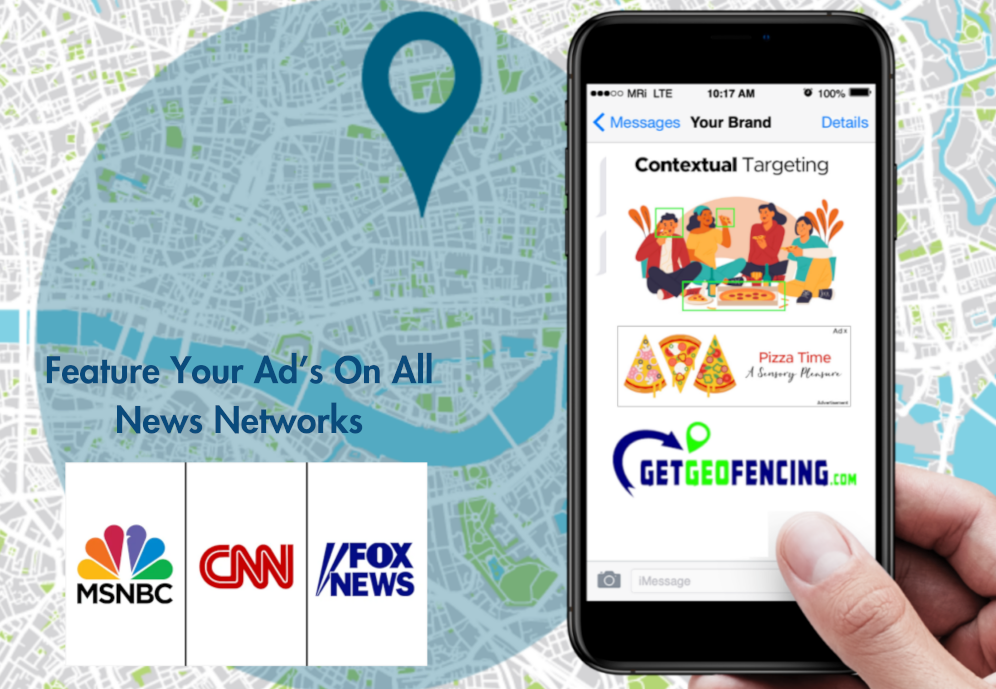
Key Considerations in Geofencing Implementation
When implementing geofencing for marketing purposes, businesses need to consider several key factors to ensure successful outcomes. Limiting the geographic scope of geofences, having a clear call to action for users, and utilizing a mix of marketing techniques are essential considerations for effective geofencing campaigns. Geotargeting, which is cost-effective and easily implementable, serves as a valuable tool for marketers looking to engage with their target audience in a more targeted manner.
Additionally, businesses can leverage various channels such as in-app notifications, social media ads, push notifications, and emails to reach their audience effectively through geofencing technology.
Geofencing implementation requires careful planning and execution to maximize its effectiveness in marketing campaigns. Businesses must define clear objectives, identify target locations, and tailor messaging to suit the specific needs and preferences of their audience. By incorporating geofencing into their marketing strategies, businesses can create personalized customer experiences, drive engagement, and achieve measurable results.
To ensure the success of geofencing campaigns, businesses should regularly monitor performance metrics, analyze customer responses, and make data-driven adjustments to optimize campaign effectiveness. By continuously refining their geofencing strategies based on real-time data and insights, businesses can enhance customer interactions, increase brand visibility, and drive conversions.
Conclusion on Geofencing Technology
Geofencing technology presents a powerful tool for businesses seeking to enhance their marketing strategies and engage with their target audience in a more personalized and effective manner. By leveraging geofencing capabilities, businesses can deliver tailored messages, optimize their marketing campaigns, and drive customer engagement. The competitive advantage offered by geofencing in delivering personalized customer experiences and targeted messaging highlights its significance in the realm of modern marketing strategies.


